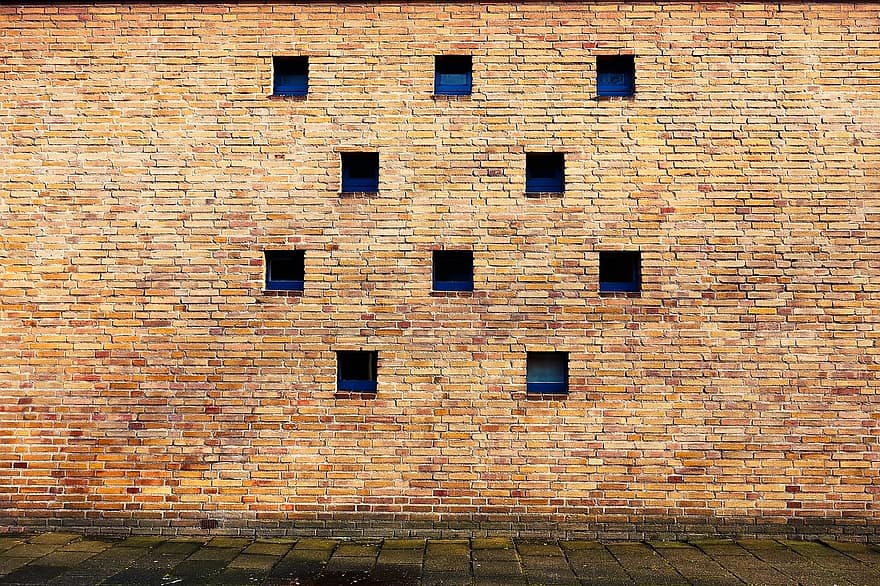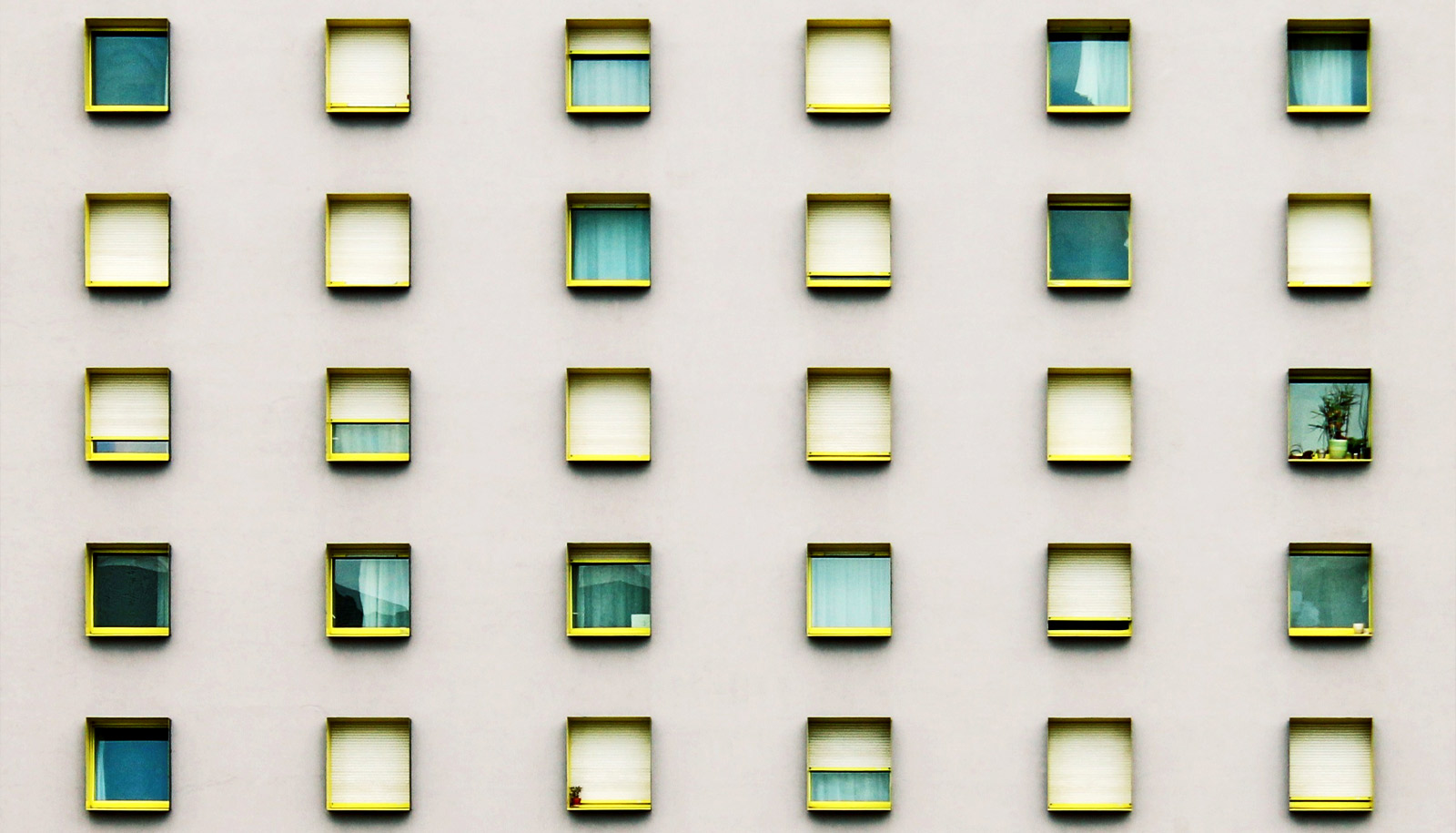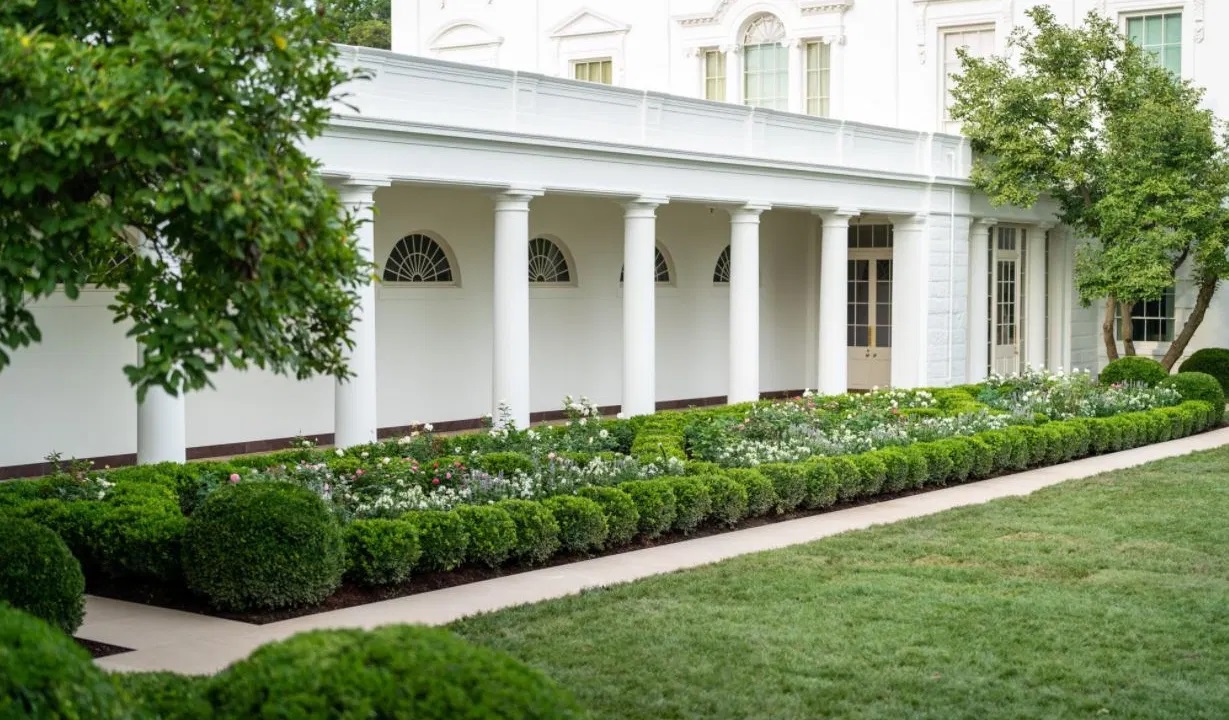During the final presidential debate, Donald Trump once again surfaced one of his recurring allegations about the aims of climate activists and Green New Deal supporters—that they will require all buildings to have tiny windows. “They want to take buildings down because they want to make bigger windows into smaller windows. As far as they’re concerned, if you had no window it would be a lovely thing,” Trump said, referring to AOC and Biden. “They want to knock down buildings and build new buildings with little tiny, small windows, and many other things.”
According to some counts, this was the fourth mention of Trump’s “tiny windows” conspiracy theory — he had previously raised it in a July address, on Fox News, and at a rally earlier this month. The tactic is clear: to scare suburban voters into thinking with a Democrat victory they’ll either be forced to pay to retrofit their existing houses or that the architecture of the future will be bleak prefabricated dystopia.

If Trump is to be believed, might every façade look like this in the future? Image via Pikist
However, as one might expect, there is no mention of tiny windows anywhere in the 14-page statement of general goals that is the Green New Deal. In fact, there is no mention of windows at all. In Biden’s plan for sustainability and clean energy, there is language on retrofitting existing buildings by installing more efficient windows, but this is a step many homeowners would take in any case in pursuit of saving money on heating or cooling, and is far from the drastic aesthetic challenge dreamed up by Trump.
Of course, windows are one of the low-hanging fruit of sustainability; as gaps in the envelopes of buildings, they are the main sites of heat transfer in summer and winter. Upgrading windows to models with multiple vacuum-sealed layers or insulative coatings can greatly decrease the amount of energy wasted and thus the amount of money saved on heating. Proper window design can even be helpful. Passive design techniques — such as passive heating with south-facing windows (in cold climates), natural lighting, and cross-ventilation in summer or warm climates — all depend on windows that are, well, not tiny.

Image via Futurity
Replacing windows with new ones of the same size or constructing new buildings with passive techniques in mind can both help address environmental challenges, especially if adopted on a mass scale. However, a part of Trump’s comments that makes even less sense than the “tiny windows” aspect is the idea that to achieve sustainability we should go about tearing down existing buildings. Construction is one of the most carbon-intensive activities, with the erection and maintenance of buildings contributing up to 40% of emissions. To demolish and rebuild would create waste that would outweigh any benefit from more efficient design in new structures.
But if Trump’s remarks on proposed sustainability legislation are largely incorrect — tiny windows are not being proposed, nor is the demolition of existing structures — why does he keep repeating this claim? The above-mentioned scare tactic aimed at suburban voters is certainly part of it. But much like his invective against efficient lightbulbs (they make him look orange) and efficient toilets (they require too much flushing), Trump’s comments on windows are likely largely motivated by how they might affect him. In 2019 NYC Mayor Bill De Blasio suggested that all-glass skyscrapers in the city might not meet future energy requirements, and later suggested that he would come after Trump’s own buildings.
While New York has yet to pass anti-window legislation (the only example since De Blasio’s remarks puts forward certain requirements to prevent bird deaths), Trump likely found discussion of window efficiency to be a threat to his interests. The final irony in all this? Trump is the one who in February pushed the mandate that classicism would be the official government architectural style — a style in which windows generally skew smaller than in more modern modes of building.




